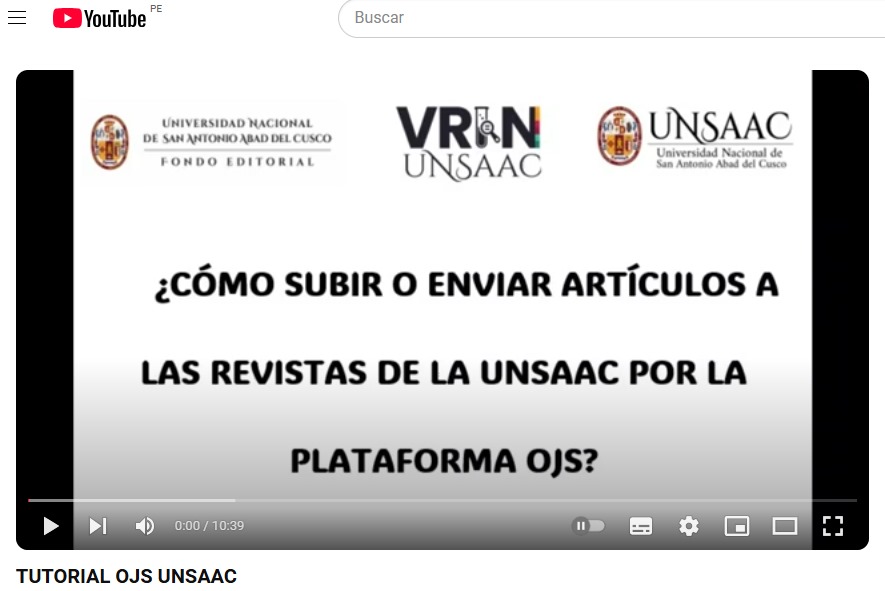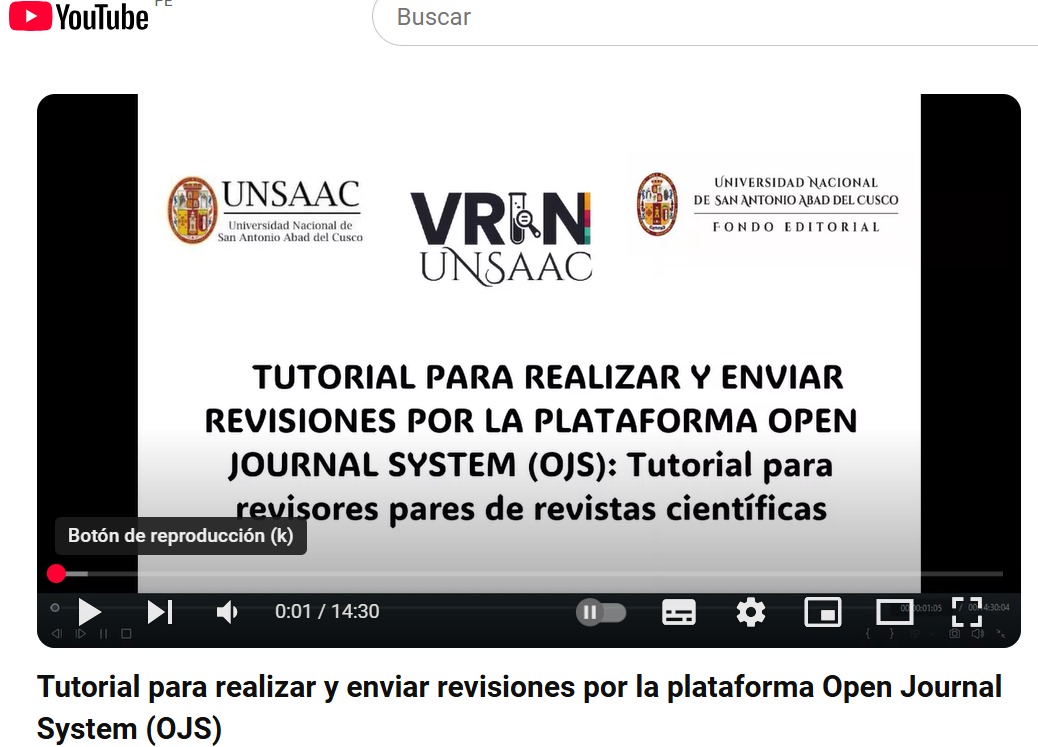El Q’apachi para Proteger los Cultivos Agropecuarios ante la Caída de Granizadas y Heladas en la Comunidad Campesina de Tuntuma, Distrito de Velille, Provincia de Chumbivilcas – Cusco
DOI:
https://doi.org/10.51343/racs.v6i2.1104Palabras clave:
El Q'apachi, Cultura andina, Protección de granizada y helada, Cultivos agropecuariosResumen
En las zonas altoandinas de la región del Cusco y otros departamentos, existe la preocupación constante de los agricultores frente a las amenazas de los fenómenos climáticos, como son las granizadas y heladas. Sin embargo, por muchas décadas la población logró obtener cosechas satisfactorias, conllevando a interrogarnos: si existe o ¿disponen de algún elemento cultural ancestral que está vigente, referido a la protección de los cultivos agropecuarios frente a la amenaza del granizo y heladas? ¿Cómo aseguran su cosecha los agricultores en medio de la amenaza frecuente de las granizadas y heladas? Efectivamente, la población dispone de un elemento cultural y aplican el Q’apachi para el control de la granizada y suavizar la helada, vinculado a deidades religiosas. En la Comunidad Campesina de Tuntuma se tiene en vigencia la práctica cultural denominada Q’apachi, cuyo uso está orientado a controlar la caída de las granizadas y modera los efectos de las heladas, siendo una condición obligatoria la institucionalidad de la organización comunal y/o sectorial y/o de involucrados conductores de parcelas, cumpliendo sus roles y funciones estrictamente, practicando la cooperación. Sin esta condición, la aplicación del Q’apachi en forma tardía no tiene ningún efecto favorable. La práctica del Q’apachi es herencia cultural transmitida de generación en generación. Desde décadas atrás, el Q’apachi fue descubierta por las familias de los ayllus y, en la actualidad, sigue siendo practicada en las comunidades campesinas para responder oportunamente a los fenómenos naturales. Incluso, para el caso de la granizada, se ha incorporado el uso de los cohetones como soporte de emergencia.
Descargas
Publicado
Cómo citar
Número
Sección
Licencia
Usted es libre de:
- Compartir: Copiar y redistribuir el material en cualquier medio o formato para cualquier propósito, incluso comercialmente.
- Adaptar: Remezclar, transformar y construir a partir del material para cualquier propósito, incluso comercialmente.










.png)



